- Central Asia is rich in natural gas resources and an important source and energy channel for China's onshore natural gas imports
- Central Asia natural gas pipeline plays a vital role in ensuring China's natural gas supply security
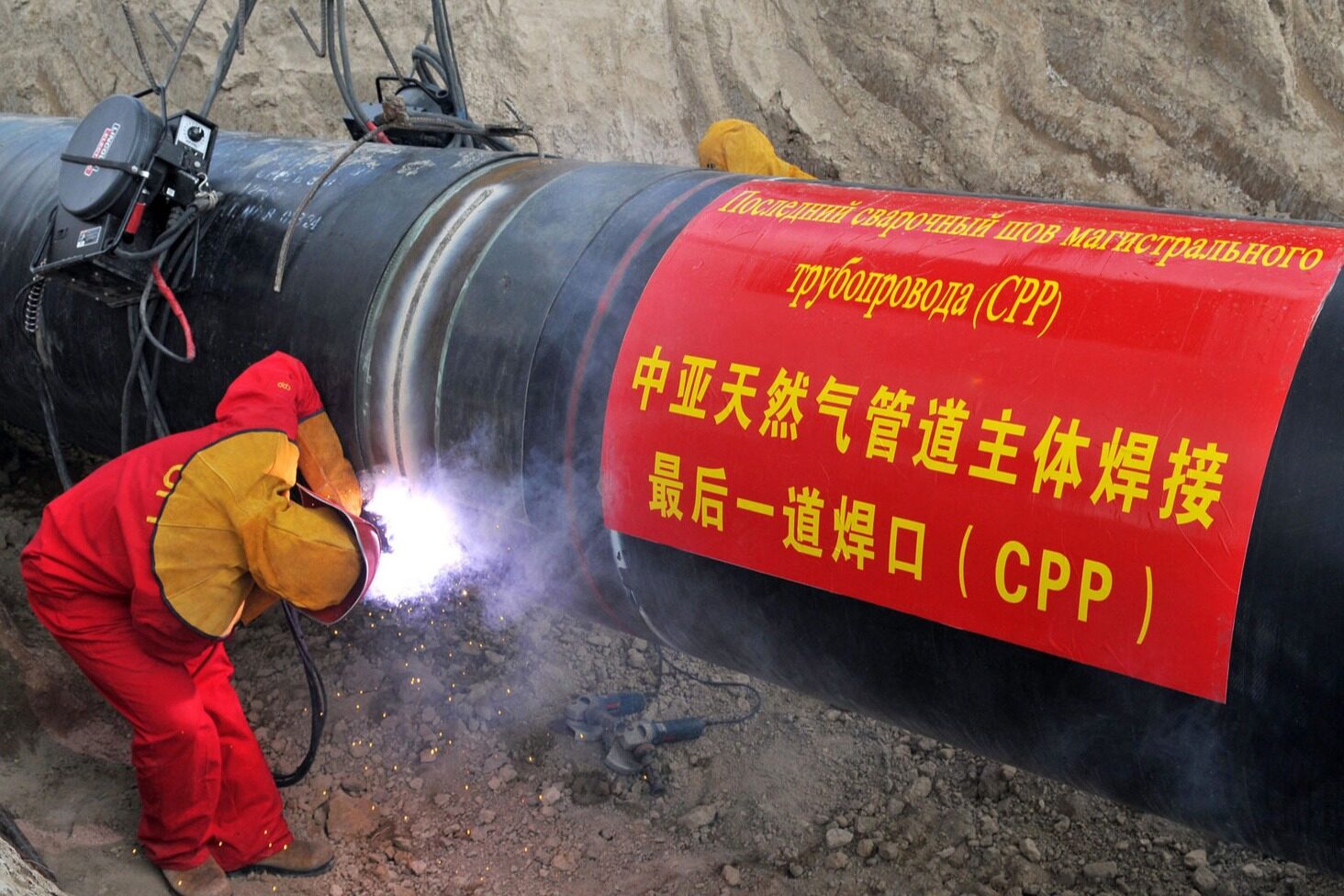
More than 2000 years ago, silk, tea and porcelain connected the East and the West, forming the Silk Road. Today, crude oil and natural gas connect countries more closely through oil and gas pipelines. Since the construction of the Central Asia natural gas pipeline, it has created nearly 10000 jobs for countries along the pipeline, and paid more than 10 billion dollars in taxes and fees, which has greatly changed the infrastructure, cultural, educational and health undertakings, and people's lives in countries along the pipeline, and has played a good demonstration role in the energy cooperation between Central Asia and China in the context of the the Belt and Road.
The Central Asia Natural Gas Pipeline is the longest natural gas pipeline in the world, with a total length of about 10000 kilometers. It is the first transnational energy channel of natural gas imported by land in China. The Central Asia Natural Gas Pipeline starts from the border between Turkmenistan and Uzbekistan in the west, crosses the central part of Uzbekistan and the southern part of Kazakhstan, and enters the country via Khorgos Port in Xinjiang. At present, the three lines of ABC are in parallel. After entering the country, it is connected with the West East Gas Pipeline through Khorgos Initial Compressor Station. The total design gas transmission capacity is 60 billion cubic meters per year.
Realize infrastructure interoperability and cooperation
As an important node of the overland channel of the the Belt and Road Initiative, China has attached great importance to energy cooperation with the five Central Asian countries in recent years, investing in the construction of a large number of pipelines and other infrastructure related to oil and gas trade. Correspondingly, Central Asian countries have also continuously transported oil and gas resources to China to offset their debts. Each side can take what they need. As China's infrastructure construction continues to go abroad and has also established good relations with Central Asian countries, many Central Asian countries have expressed their willingness to transport their natural gas resources to China. The Central Asia natural gas pipeline has fully realized a win-win situation between China and the five Central Asian countries. It has not only solved the domestic energy supply problem, but also helped these major neighboring countries develop their economies, and has also expanded China's influence.
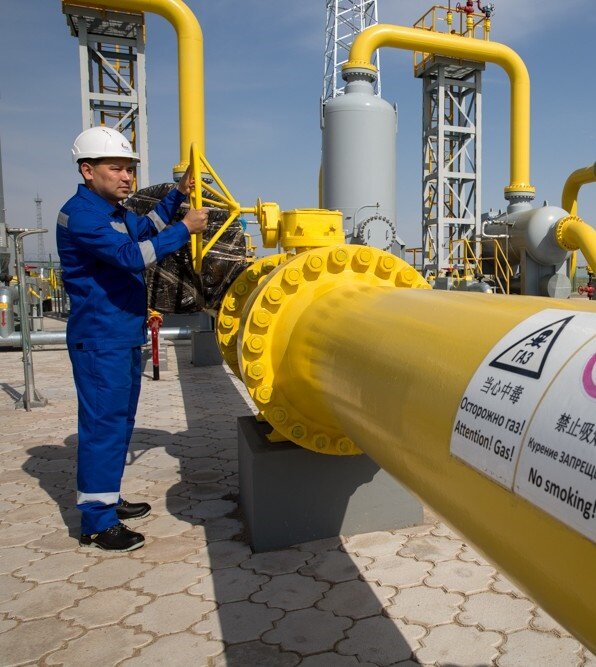
The Central Asia Gas Pipeline Project has also played an important role in driving the social and economic construction in Central Asia. PetroChina has provided more than 15000 local jobs through pipeline investment and construction in Kazakhstan and Uzbekistan. During the 30-year operation period of the pipeline, it has also provided thousands of long-term stable jobs for the local people, created tens of billions of dollars in tax revenue, and passed on friendship while promoting its social and economic development. The person in charge of CNPC International Pipeline Company introduced that the Central Asia Natural Gas Pipeline is a model project to implement the the Belt and Road Initiative, which has realized the interconnection and cooperation of energy infrastructure between China and the five Central Asian countries, and is of great significance for further realizing "building a clean, low-carbon, safe and efficient energy system". At the same time, benefiting from the connectivity of facilities, countries along the pipeline have been able to open up diversified export channels, greatly promoting the local economic and social development.
To build the Silk Road Economic Belt, the energy Silk Road is an important part. While the Central Asia natural gas pipeline has injected a strong impetus into the construction of the energy Silk Road, it has also opened up a new channel for Central Asia to import resources, diversified the Central Asia natural gas import channels, alleviated the tight situation of China's natural gas supply, and enhanced the natural gas supply guarantee capacity. The construction of the Central Asia natural gas pipeline has created a record of the fastest pace of cross-border natural gas pipeline projects in many countries. It is a miracle of pipeline construction in the world. A total of more than 3000 Chinese oil workers are fighting on the construction site to complete the pipeline as scheduled. President Berdymukhamedov of Turkmenistan called the Central Asia Natural Gas Pipeline "the reappearance of the ancient Silk Road under modern conditions".
Ensuring the supply of clean energy in the eastern region
The first station of the Central Asia Natural Gas Pipeline in China is Khorgos, Xinjiang. After entering China, the pipeline is connected with the West East Gas Pipeline through Khorgos Compressor Station. It passes through Xinjiang, Hubei, Zhejiang and other provinces, reaches Shanghai in the east, Guangzhou in the south, and finally Hong Kong, ensuring the supply of domestic fuel for 500 million people along the line, and meeting more than 1/5 of the domestic demand for natural gas consumption. Horgos Initial Compressor Station is responsible for receiving, measuring and exporting transnational natural gas from Central Asia and coal to gas from Ili. The pressure of natural gas pipeline in operation reaches 12 MPa. Since the Central Asia gas pipeline was put into operation in December 2009, it has achieved safe and stable operation. The maximum daily transmission capacity exceeds 160 million cubic meters. The 400 billion standard cubic meters of natural gas transported can replace 532 million tons of coal, which is equivalent to reducing the emissions of 8.8 million tons of harmful substances and 568 million tons of carbon dioxide.
In 2021, China will import 43 billion cubic meters of natural gas from Central Asia through China Central Asia Gas Pipeline A, B and C, of which Turkmenistan is the largest exporter. Once Line D of China Central Asia Natural Gas Pipeline is completed around 2026, Central Asia's natural gas export to China will increase to about 85 billion cubic meters. The China Central Asia gas pipeline (Line D) also won support at the recent SCO summit. The pipeline starts from Galkynysh gas field in Turkmenistan and will supply 30 billion cubic meters of natural gas to China annually via Tajikistan and Kyrgyzstan.
At present, many cities in eastern China have been supplied with natural gas. In addition to being the fuel for residents to make fires and cook, the natural gas can also be used by buses and taxis. The natural gas will not produce toxic and harmful gases after burning, which belongs to the category of clean energy. However, it is not easy for the eastern region to use natural gas. After all, domestic natural gas resources are mainly stored in the west, while imported from overseas, LNG ships must be used. The West to East Gas Pipeline built by China connects with the Central Asia gas pipeline to ensure that the eastern region can use natural gas smoothly. Compared with LNG ships, pipeline transportation is not only cheap, but also safer.
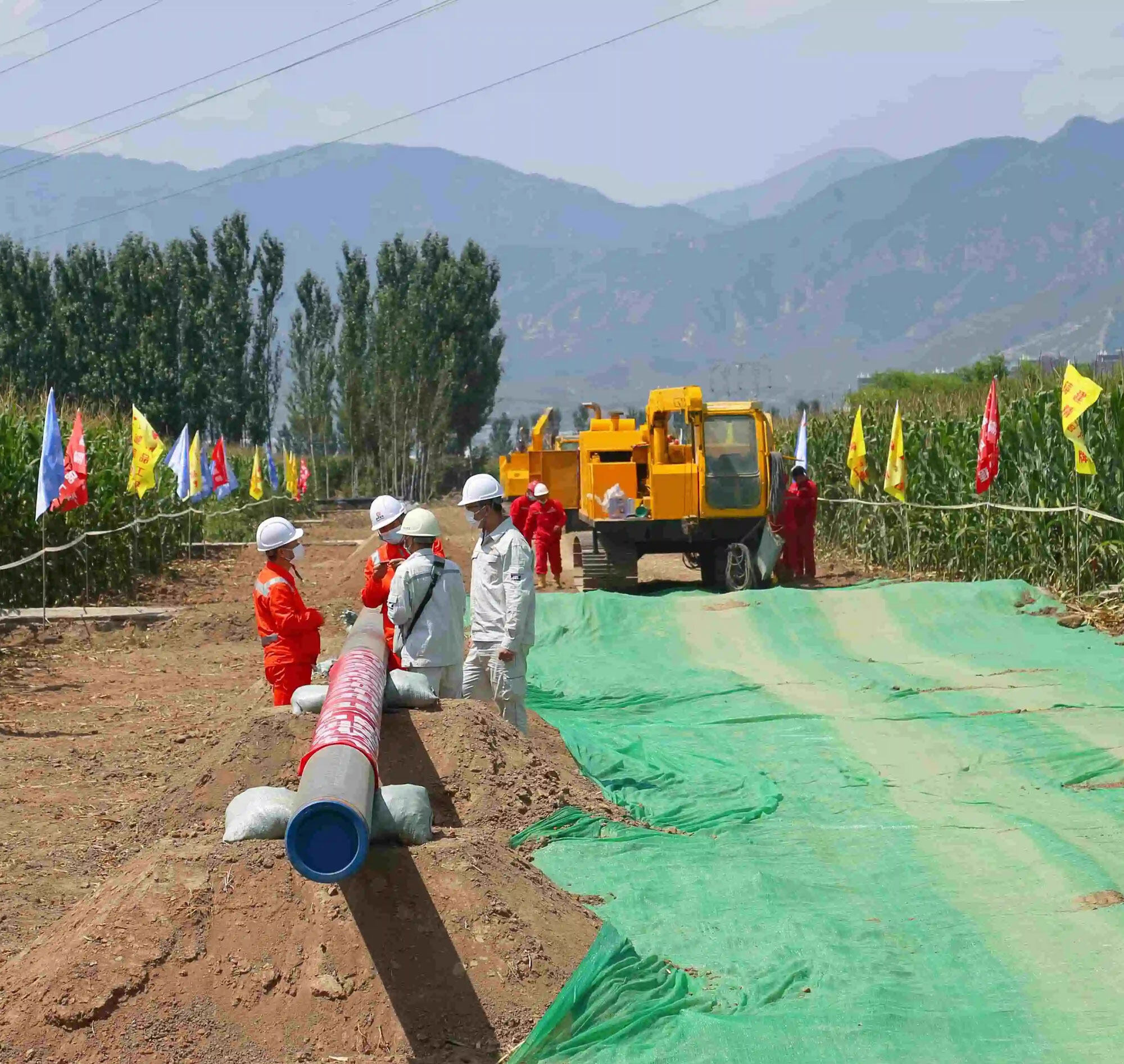
On September 28, 2022, a major natural gas pipeline running through China, the Fourth West East Gas Pipeline Project, was officially started. It is another strategic energy channel connecting Central Asia and China, following the first, second and third lines of West East Gas Pipeline. The Fourth West to East Gas Pipeline Project starts from Yierkeshtan, Wuqia County, Xinjiang, at the border between China and Kyrgyzstan, and passes through Lunnan and Turpan to Zhongwei, Ningxia. The total length of the pipeline is about 3340km, the pipe diameter is 1219mm, and the design pressure is 12MPa. The Fourth West East Gas Pipeline Project shall be constructed in sections according to the principle of unified planning and step-by-step implementation. The Turpan Zhongwei section under construction this time is the core part of the project, with a total length of 1745 kilometers, passing through 17 counties and cities in three provinces, autonomous regions, Xinjiang, Gansu and Ningxia. The annual design capacity of the pipeline is 15 billion cubic meters, and it can reach 30 billion cubic meters after transformation. It is expected to be completed and put into operation in 2024. After the completion of the project, it will be jointly operated with the second and third lines of the West East Gas Transmission Pipeline. By then, the annual transmission capacity of the West East Gas Transmission Pipeline System will reach 100 billion cubic meters, enabling the natural gas in Central Asia to be smoothly transported to the main natural gas consumption areas in East China through China's rich western region.
The Central Asia natural gas pipeline project is a vivid interpretation of the community of shared future for mankind, as well as the exploration and practice of the the Belt and Road Initiative. In the future, with the joint efforts of China and Central Asia, this pipeline will continue to play an important role in energy transport and continue to benefit the people of countries along the route.Editor/Ma Xue
Comment
 Praise
Praise
 Collect
Collect
 Comment
Comment
 Search
Search



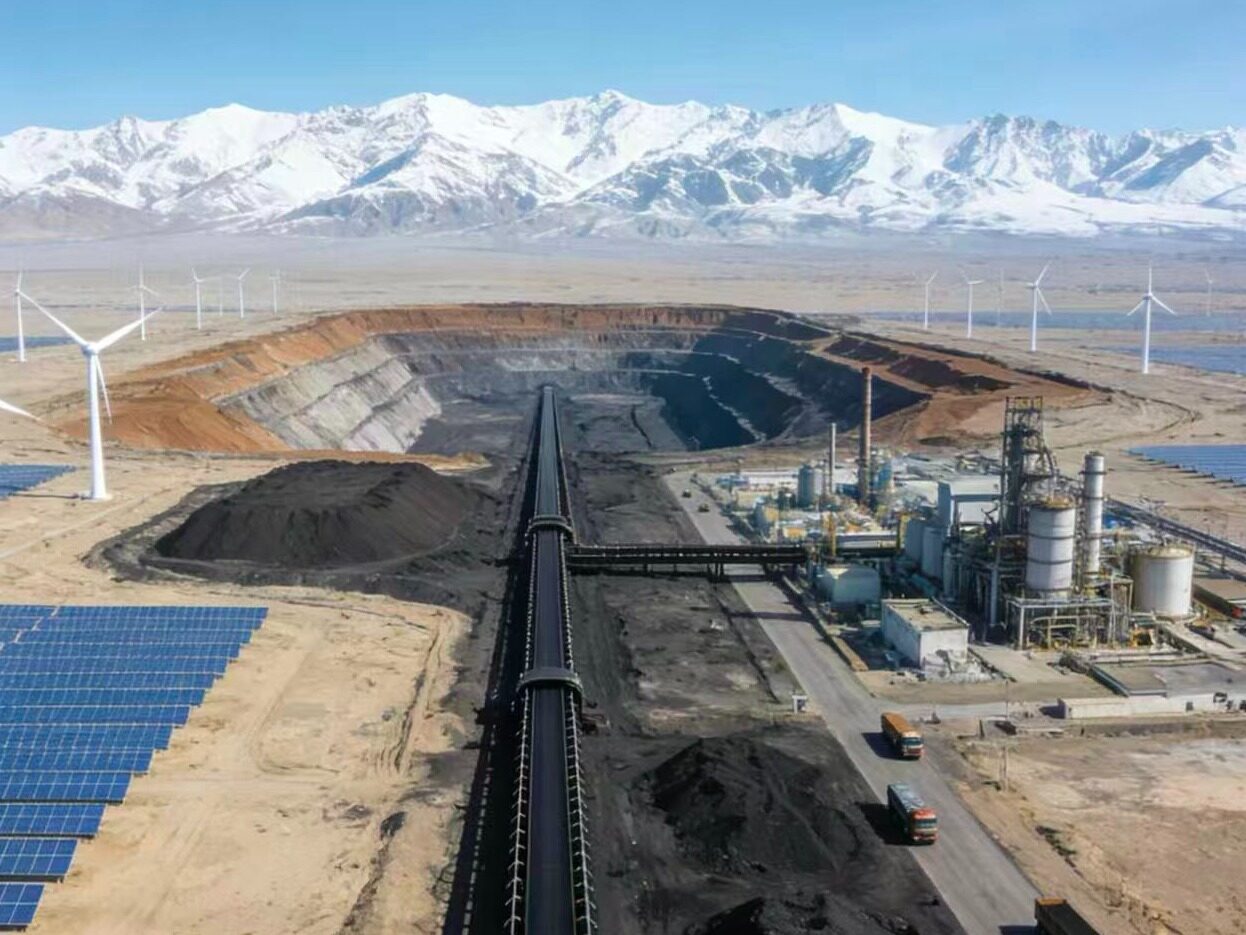

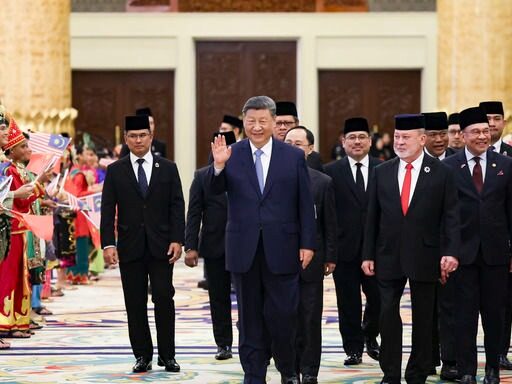

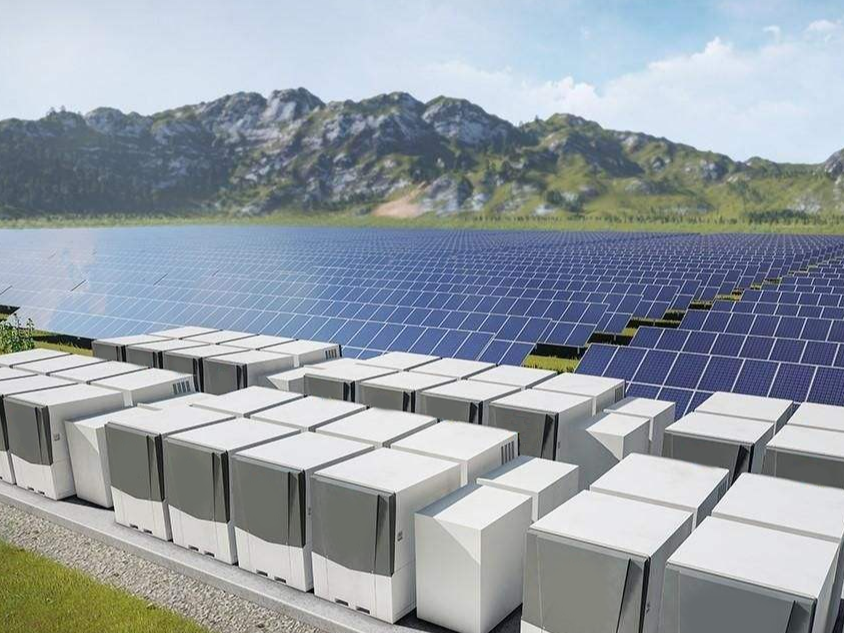






Write something~